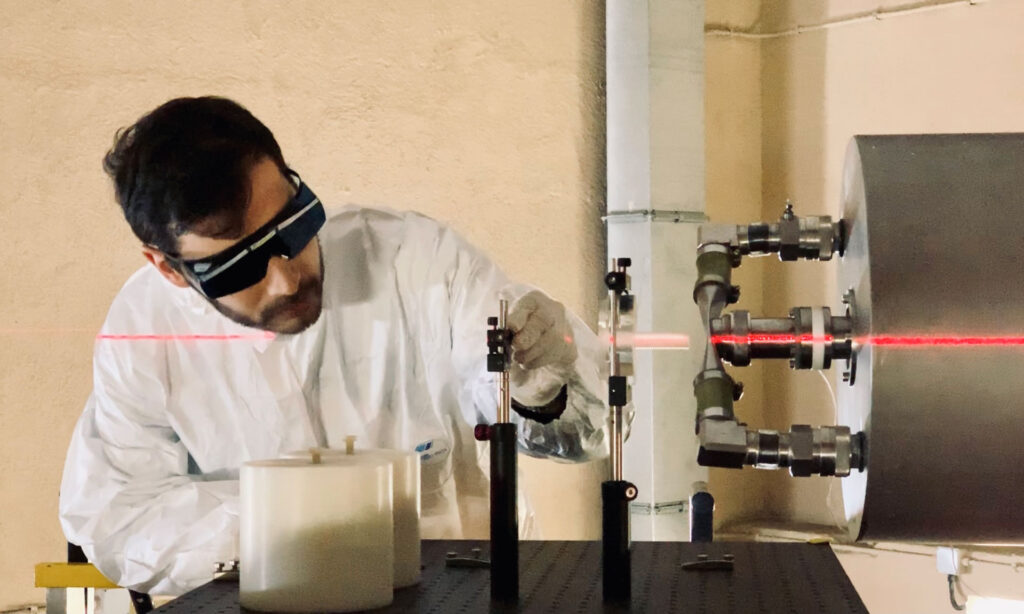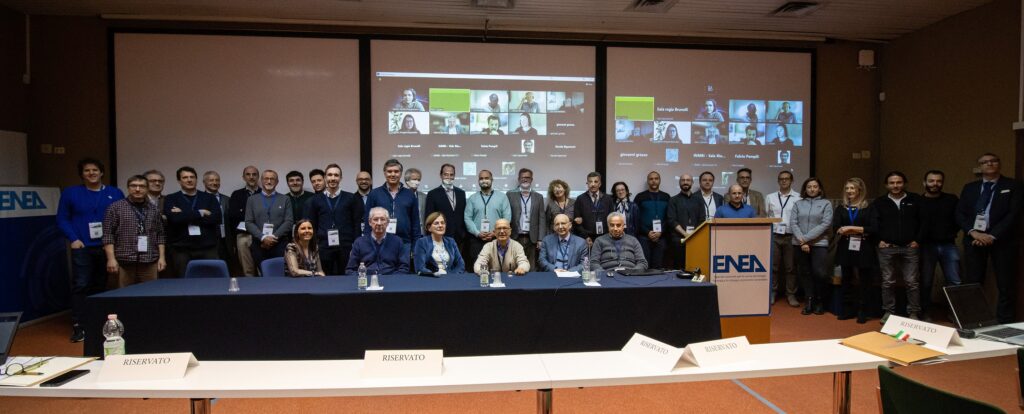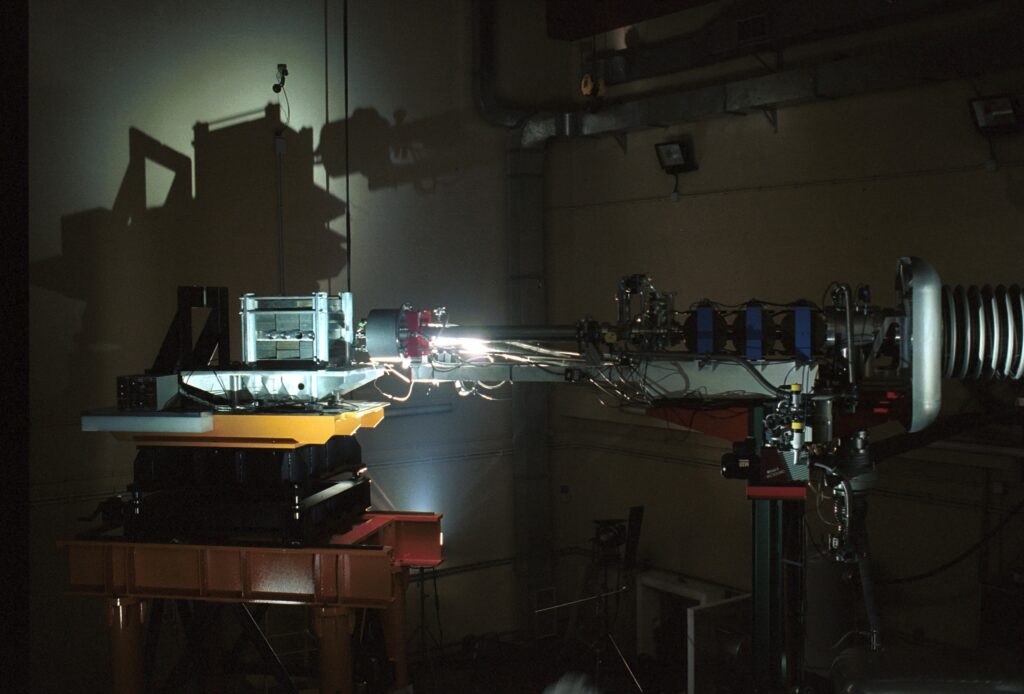FNG, the Frascati Neutron Generator, turns 30, one of the few 14 MeV neutron generators in the world available for fusion research and other application sectors, including aerospace, automotive, physics and the development of new particle detectors. Entirely designed and built by ENEA at its Research Center in Frascati, FNG is still the most intense 14 MeV neutron source in Europe, capable of producing neutrons through deuterium-tritium fusion reactions, with intensities of up to 100 billion neutrons per second, one of the most intense in the world.
Activities, characteristics and application areas of the infrastructure were the focus of the workshop “The role of FNG in fusion and science: perspectives in a legacy” that closes today at the Research Center of Frascati, organized by ENEA with the aim of celebrating the anniversary together with representatives of institutions, experts and scientists from all over the world.
With as many as 13 experiments on components of ITER, the large fusion reactor which will have to demonstrate the feasibility of fusion energy, and DEMO, the demonstration plant which will feed the electricity produced by fusion into the grid, FNG provides a fundamental contribution to the roadmap to obtaining safe, unlimited and environmentally friendly energy by reproducing on Earth the reaction that feeds the Sun and the stars.
Experiments have been carried out at FNG which allowed to improve the knowledge of the neutron activation cross sections of the structural and functional materials used in a fusion reactor. Experiments have also been performed on prototypes of ITER of components, including the shielding blanket and superconducting magnets, and of DEMO components, including the liquid lead-lithium and solid beryllium blankets for verifying tritium production predictions. These experiments have provided the experimental validation of the calculations for the nuclear design, including calculations for neutron shielding, power deposition, nuclear heating, material activation doses, and cooling water activation. All activities are funded by the European fusion program and are conducted, in most cases, within the framework of European or international collaborations with the leadership of ENEA.
“30 years after its inauguration, on November 2, 1992, FNG is still the reference fusion facility in Europe for performing experiments for the validation of codes and nuclear data for materials of interest for fusion”, highlights Paola Batistoni, Head of ENEA Fusion Energy Development Division. “The design and construction of FNG were completed in a few years under the direction of Marcello Martone, then Head of the Neutronics Section of the Fusion Division. Over time, the plant has been constantly improved and equipped with cutting-edge tools by the team that operates it. Today, thanks to FNG, a strong neutronics group has grown in ENEA with unique and cutting-edge skills, both experimental and numerical, a unique case in Europe”, she concludes.
Thanks to its unique characteristics, FNG is also used for the development and characterization of new particle detectors for applications in all fields of science. In recent years FNG is also used by numerous users of European private companies and research institutes for performing radiation resistance tests on electronic components and systems for applications in the aerospace, automotive and energy sectors within the RADNEXT project and for this reason it was included in the ASI Supported Irradiation Facilities program of the Italian Space Agency (ASI). The “radiation hardness assurance”, i.e. the assessment of the radiation resistance of systems, is increasingly needed in the industry given the growing number of devices exposed to radiation for longer periods of time.





You are currently viewing a placeholder content from YouTube. To access the actual content, click the button below. Please note that doing so will share data with third-party providers.
More Information
